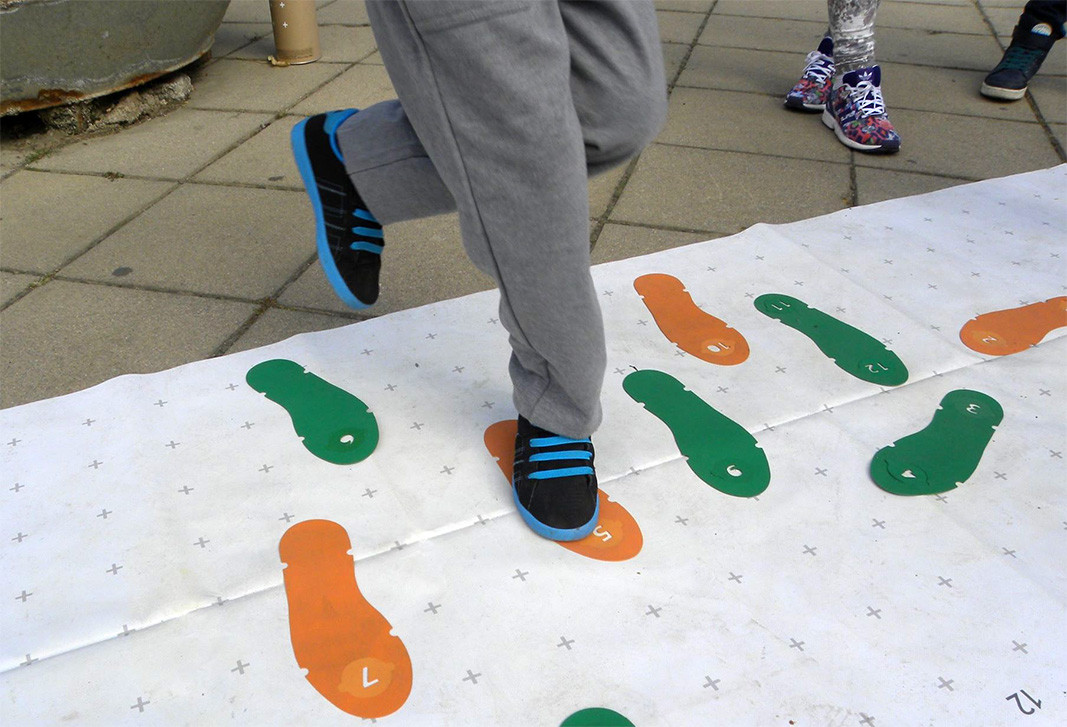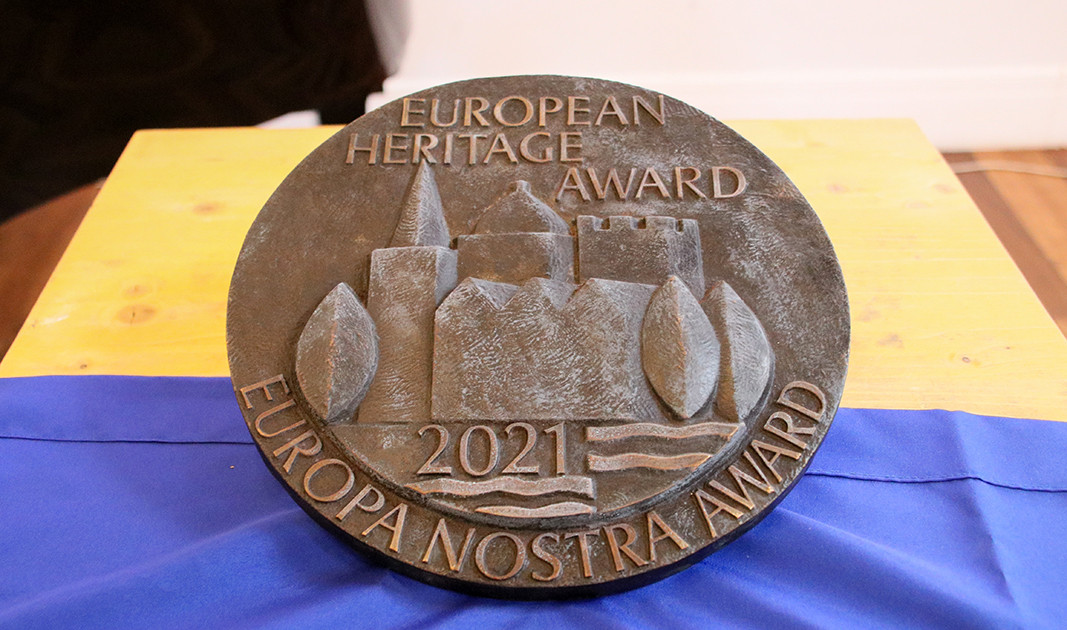Few people know that Dunavsko Horo (Danube Chain Dance), which sounds traditionally in every Bulgarian home in the first minutes of the New Year, was written on a fine spring evening. Inspired by the season of new beginnings, it gives the incredible feeling of ease and strength that penetrates every human cell. “Dunavsko Horo” is the invisible spiritual thread that connects millions of Bulgarians, regardless of their country of residence. Young and old dance this horo chain dance, because it captivates people with the joy that flows from its rhythm.
“Dunavsko Horo is the favorite horo chain dance of all Bulgarians – said Iva Todorova, Co-founder of “Taratantci” Foundation, a creative organization with a cultural focus intended to make Bulgarian folklore accessible in modern times. - New Year always begins with this popular chain dance. People from all parts of Bulgaria dance “Dunavsko Horo”, although it was created in Northern Bulgaria. It is named after the popular piece of composer Diko Iliev, written in the remote 1937. It has various names, associated with the areas located along the Danube River and Central North Bulgaria. We also call it Svishtovsko, Tarnovsko and Severnyashko. We make five steps forward and three steps back when dancing this horo chain dance, which goes to show how important it is to be two steps ahead.”
The energy generated during the performance of the chain dance penetrates the body of the dancers to form a beautiful circle of steps resembling a mandala, knitted by the human spirit. The young founders of Taratanci Foundation accidentally discovered these unique patterns in 2014. During a forum organized by United Ideas for Bulgaria Nonprofit Organization, they discovered an innovative method of depicting Bulgarian chain dances through graphic images formed by the dancers’ footsteps.

“The graphic depiction of the chain dance slightly resembles the waves of the Danube River. Each pattern has a background of colored lines that show the pulse. The lines of “Dunavsko Horo” are in green and blue color to show the 2/4 beat. Green and blue are among the colors of the embroideries that are part of the folk costumes in Northern Bulgaria.”

Of course, digitization does not replace the real chain dance. It only calls on people to visit the dance hall and get acquainted with the traditional folklore dances. On the other hand, this is a way to preserve the steps of little-known and endangered Bulgarian chain dances. That is why Taratanci Foundation decided to design graphic depictions of the unique patterns, which people create with their steps while dancing. So far, 40 out of all 300 Bulgarian chain dances have been preserved. Fortunately, more and more young people are going back to their roots via the folk dances.

“Perhaps it is in our genes and we are guided by the rhythm even if we are not sure of the exact steps- Iva Todorova noted. - Along with the straight chain dance (Pravo Horo), “Dunavsko Horo” has become a well-known chain dance anthem. And if we want to tell a foreigner about our folklore, especially during a holiday, we never fail to present them this chain dance.”

The Taratanci Foundation is among the laureates of the 2021 European Heritage Awards/Europa Nostra Awards. The award is a well-deserved recognition for their work dedicated to the unification of Bulgarians and the preservation of the Bulgarian cultural heritage.

English version: Kostadin Atanasov
Photos: taratanci.com, YouTubeOn February 2, according to the Bulgarian folk calendar, it is Petlyovden (Rooster Day) - a day dedicated to the health and fertility of male offspring. It is most widely popular in Eastern Bulgaria. One of the obligatory elements is the..
Wine will spout from two drinking fountains over the weekend in Delchevo. Perched on top of the mountain, the village located close to Gotse Delchev, has made a name for itself as a tourist attraction with its ancient architecture and the beautiful..
At the beginning of each year, The Bulgarian city of Razlog and the surrounding villages start feverish preparations for Babinden or Midwives’ Day. The holiday is dedicated to the “grannies” who helped women give birth. Every year it is celebrated on..

+359 2 9336 661
